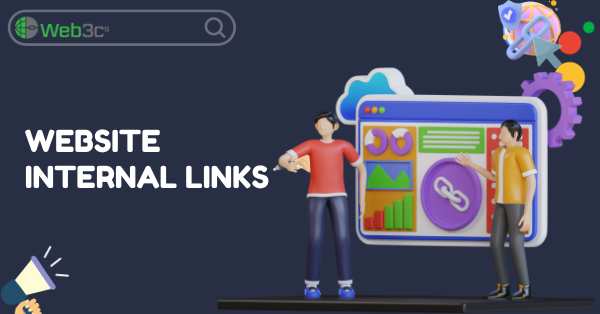Internal Links
Unlocking Website Navigation and User Experience
Internal links improve website experience, direct users to relevant information, boost SEO, and optimise performance.
The Importance of Internal Links
Internal links connect different website pages, typically within the same domain. These links allow visitors to explore relevant content, find additional information, and discover hidden treasures within your website. By strategically placing internal links, you can guide users towards desired pages, increase pageviews, and reduce bounce rates.
Enhancing Website Navigation
Internal links play a vital role in website navigation, making it easier for visitors to find what they want. You create a hierarchical structure that guides users through the website’s content by strategically linking related pages. This intuitive navigation enhances user experience and increases the chances of users finding the information they need.
Improving Search Engine Rankings
By strategically placing internal links, search engines can better crawl and index your website. By strategically placing internal links, search engines can see your website more easily. The increase in visibility of your website can also increase its authority because internal links distribute link equity between relevant pages.
Facilitating Content Discovery
Internal links serve as pathways for visitors to discover new content on your website. By linking related content, you encourage users to explore additional topics and gain a deeper understanding. This content discovery mechanism keeps users engaged and increases the likelihood of staying on your website for extended periods.
Improving Website Performance
Internal links can also improve a website’s performance in terms of speed and user experience. By reducing the number of HTTP requests required for loading a page, internal links help optimize page load times. This is especially important for mobile devices where speed is crucial. Additionally, internal links can reduce bandwidth usage by directing users towards cached versions of pages, resulting in faster response times.
Best Practices for Internal Linking
When implementing internal links, consider the following best practices:
1. Use Descriptive Anchor Text:
Whenever possible, use descriptive anchor text to describe the content being linked to. By doing this, users will understand what they will find when they click the link.
2. Place Internal Links in Relevant Context:
Place internal links in a relevant context where users expect to find them. This helps them navigate the website smoothly and reduces the need for complex explanations.
3. Use Parent-Child Relationships:
Establish a parent-child relationship by linking the parent page to the child page. This structure helps search engines understand the hierarchical relationship of your content.
4. Consider User Intent:
Link only to relevant content that satisfies user intent. This helps users find what they’re looking for and keeps your website organized and focused.
5. Regularly Review and Update Internal Links:
Regularly review and update internal links to ensure they still point to relevant content and that links work correctly. A broken link can have a negative impact on customer experience and make it difficult for search engines to crawl your website.
Conclusion
A website’s internal links help users find content, improve SEO rankings, and navigate between pages. Your website can be optimised and user-friendly by implementing internal links that engage visitors. Follow best practices to maximise the impact of internal links and improve your website’s performance.








